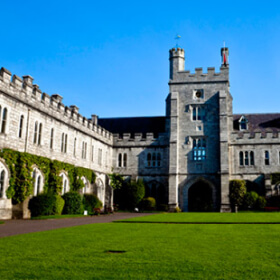Outputs
Radical Listening as Collective Education. Learning from Cádiz Carnival Music
This chapter examines Cádiz carnival music as a vehicle for radical socialization processes and political agency, as well as a platform for informal democratic public education. Unlike institutionalized artistic and literary manifestations, oral and popular creativity, such as carnival music, offers a complex rearticulation of street politics and civic agency. By analyzing textual and musical elements from the Cádiz carnival, it is argued that these performances shape political debate beyond mainstream media and parliamentary politics. Each year, numerous carnival groups in Cádiz compose and perform a new repertoire, keeping this tradition alive despite censorship and commercialization. This tradition not only provides updated information on local, national, and international issues but also offers a unique space for expression for socially disadvantaged communities. The auditory experience of carnival in Cádiz challenges social hierarchies and promotes a radical pedagogy that questions patriarchal and capitalist values. Specific analyses of the carnival groups "El Perro Andalú" and "La Oveja Negra" from the composer Antonio Martínez Ares show how these groups use carnival music to address and subvert regional stereotypes and socio-political issues.
- Authors
Carlos Garrido Castellano, Elena Merino Rivera, Santiago Moreno Tello
- Year
- 2024
- Publication Name
- Routledge
- Category
- Book chapter
- Full Citation
(Forthcoming 2025) Radical Listening as Collective Education. Learning from Cádiz Carnival Music. Co-written with Elena Merino and Santiago Moreno Tello. In Noni Brynjolson and Izabel Galliera (eds.) Pedagogical Art in Activist and Curatorial Practices. London and New York: Routledge.
- Link to Publication
- https://www.routledge.com/?srsltid=AfmBOoojGj6pq_yCsNf_uxdoG8Y4ozQwBry8cs7K5IQpNDWGNFllOUN1

